The Toxicity Characteristic Leaching Procedure as described in EPA Method 1311 is designed to determine the mobility of organic and inorganic analytes present in different forms of waste. This procedure involves extracting and filtering waste samples using specific types of glass fiber filters and extraction vessels. When following this procedure, there are two kinds of vessel that can be used to extract samples for analysis, the bottle extraction vessel and the zero-headspace extraction vessel. Which type of vessel you use depends on the volatility of the analyte being sampled. Nonvolatile analytes can be tested using a bottle extraction vessel, while the zero-headspace extraction vessel must be used when testing for the mobility of volatile analytes. Examples of volatile analytes include: acetone, benzene, methanol, toluene, and vinyl chloride. The EPA Method specifies that the filter for both liquid and solid waste (the latter is filtered after solid phase extraction) be a 0.6 to
Monthly Archives: November 2011
- Monday, November 28, 2011
- Monday, November 21, 2011
The National Institutes of Health, the primary medical research agency in the United States, is sponsoring a new competition for undergraduate students to design and develop innovative solutions to unmet health and clinical problems. This program, called The Design by Biomedical Undergraduate Teams (DEBUT) challenge, is being organized by the National Institute of Biomedical Imaging and Bioengineering (NIBIB) section of the NIH. At stake are $10,000 prizes in three categories – diagnostic devices, therapeutic devices, and technology to aid underserved populations and individuals with disabilities. Competitors must be full time undergraduate students and permanent residents of the US in order to qualify. Dr. Zeynep Erim, the architect of the challenge, said that the NIBIB’s objective for the participants is “to force the boundaries of their design skills and knowledge
- Thursday, November 17, 2011
You can now create and order a customized sample pack for any of our membrane disc filter materials through the Sterlitech website! We’ve always been happy to provide these sample packs for our customers to experiment with and now it’s easier than ever to acquire the filters you want. Get started by visiting our Membrane Filter Sample Packs page and choosing the material you wish to sample. From the material page build your sample pack by selecting the pore size/diameter combinations you want to try from the drop down menus. Each sample pack contains five pore size/diameter combinations of two filters each, for a total of ten filters per sample pack. If you want to sample five different pore sizes and diameters, you can. If you want all ten filters to be identical, you can do that too. The custom sample packs operate on a flat pricing structure, so there’s no added cost for mixing different optio
- Tuesday, November 15, 2011
A new report from Lux Research indicates that the worldwide market for membranes is expected to nearly double by 2020, from $1.5 billion to $2.8 billion (USD). One of the main reasons for this growth is advancements in membrane technology which will increase their utility. Improvements in fouling resistance and chemical tolerance open the door for membranes to be used in applications that they couldn’t perform before, such as industrial water treatment. Another reason for optimism in the membrane industry is the continued market strength in the industries that purchase membranes. The food & beverage, pharmaceutical, desalination, environmental, and biotechnology sectors all commonly use membranes in their processes and are all expected to continue growing in the United States and around the world. What do you think? Do you see yourself using membranes more often 10 years from now? Also visit Filtration +
- Monday, November 07, 2011
This month’s Laboratory Equipment magazine features a reader survey on liquid handling devices that shows just how common these items are in the lab. In fact, 91% of the respondents indicated that they are using a liquid handling system, and about 75% are using their equipment at least several times per week. The most commonly used devices are pipets (75%) and pipet tips (70%), followed closely by syringes (68%) and then filters (67%). Less popular items include flow controllers (16%) and liquid level meters (10%). Overall, 80% of respondents said that they are completely or mostly satisfied with their equipment. Hopefully that group includes our customers… The uses for liquid handling devices are spread out across a range of applications without any dominant focus. The most frequent applications are basic research (36%) and sample preparation (34
- Thursday, November 03, 2011
Are you buying more lab equipment than in the past? You’re probably not alone according to the latest Forecast & Analysis report from Frost & Sullivan. Worldwide revenue for all laboratory products reached $36.2 billion in 2010, up 5.4% over last year. That number figures to keep climbing over the next few years as biopharmaceutical products become more prevalent and the Asian markets continue expanding. The United States continues to be the biggest spenders for laboratory products at $15.7 billion, followed closely by the European Union at $14.8 billion. However, for the best market potential we may look to India and China, where growth rates are in the double digits (the U.S. and Europe are only growing around 2-3%). Sadly, the report isn’t all good news. Government laboratories are seeing their budgets frozen or cut due to the weakened economy. As governments in the US and abroad continue to tighten their wallets, these laboratories, which include government-funded uni
- Wednesday, November 02, 2011
This morning we officially launched a new website specifically for Glass Fiber Filters and accessories at www.glassfiberstore.com! Here you will find full lines of glass fiber products from Sterlitech, Advantec MFS, and Munktell, as well as brand comparison tables, FAQs, and product specs to help your decision-making process. We will still continue to offer glass fiber filters on the main Sterlitech site, but since there are so many different items that fall into the glass fiber category we wanted to create a specific area to showcase them that would be easier to navigate for people looking exclusively for these items. Building the new site has also allowed us to include specialty products that you won’t find on the Sterlitech website, like grades of filter paper for breweries, wineries


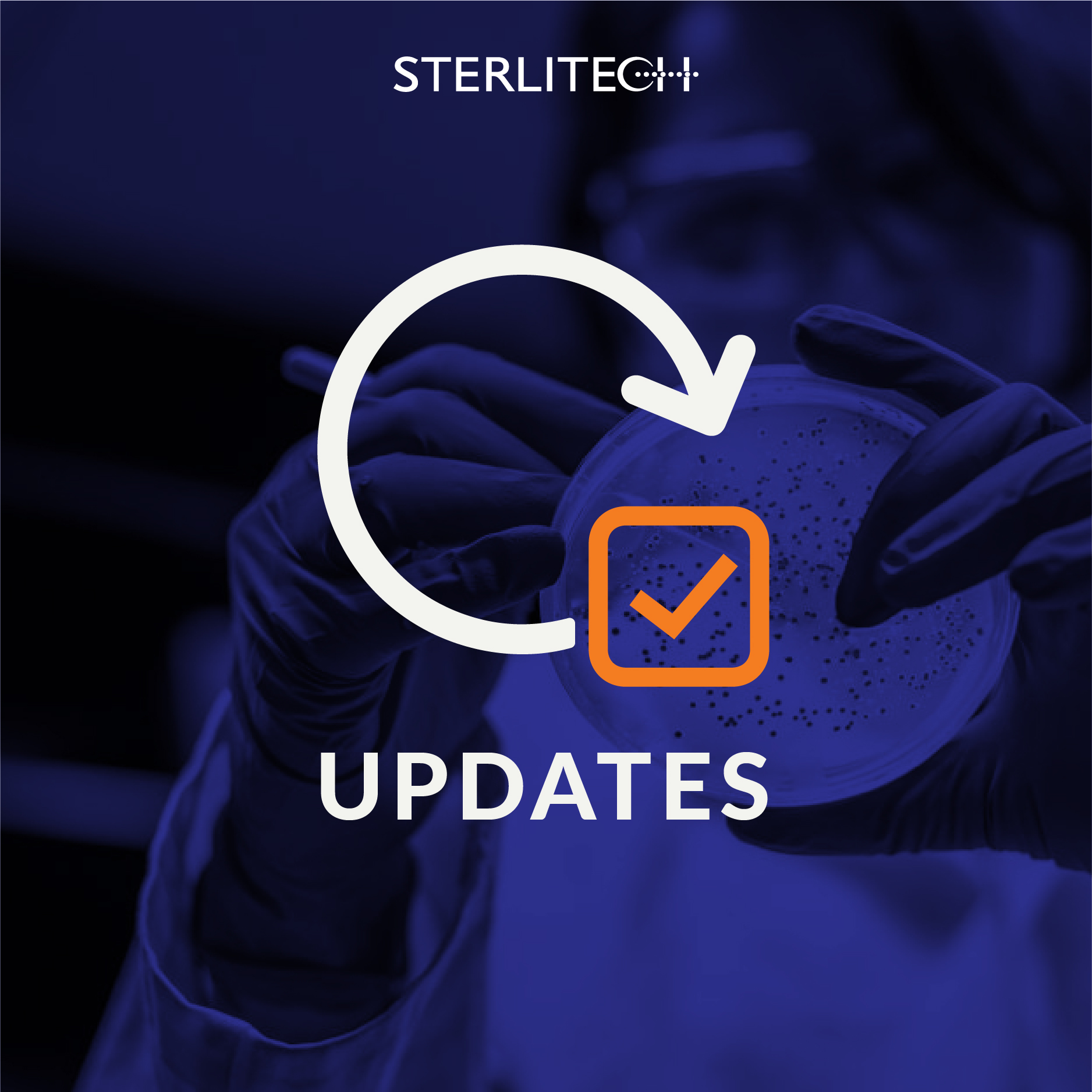
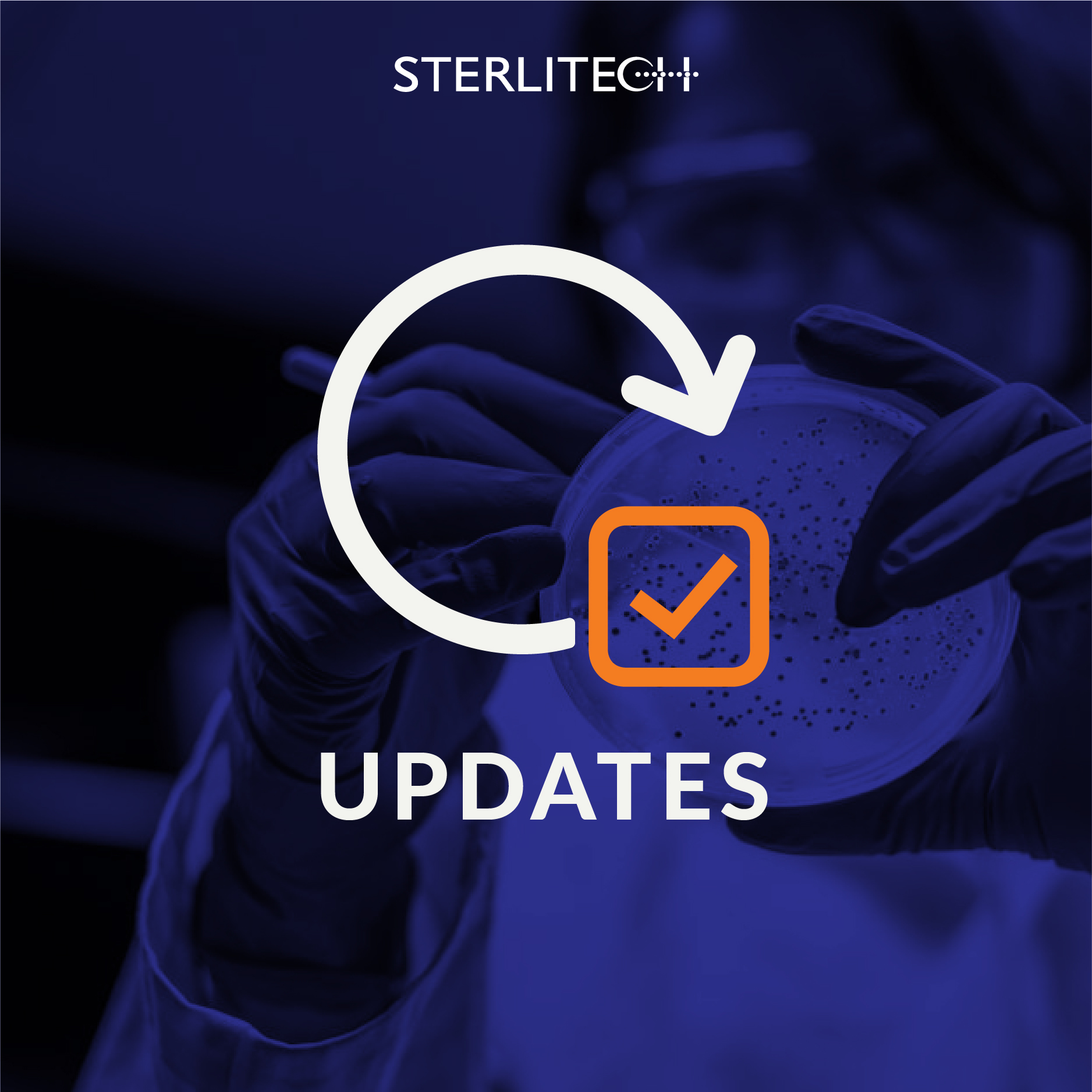
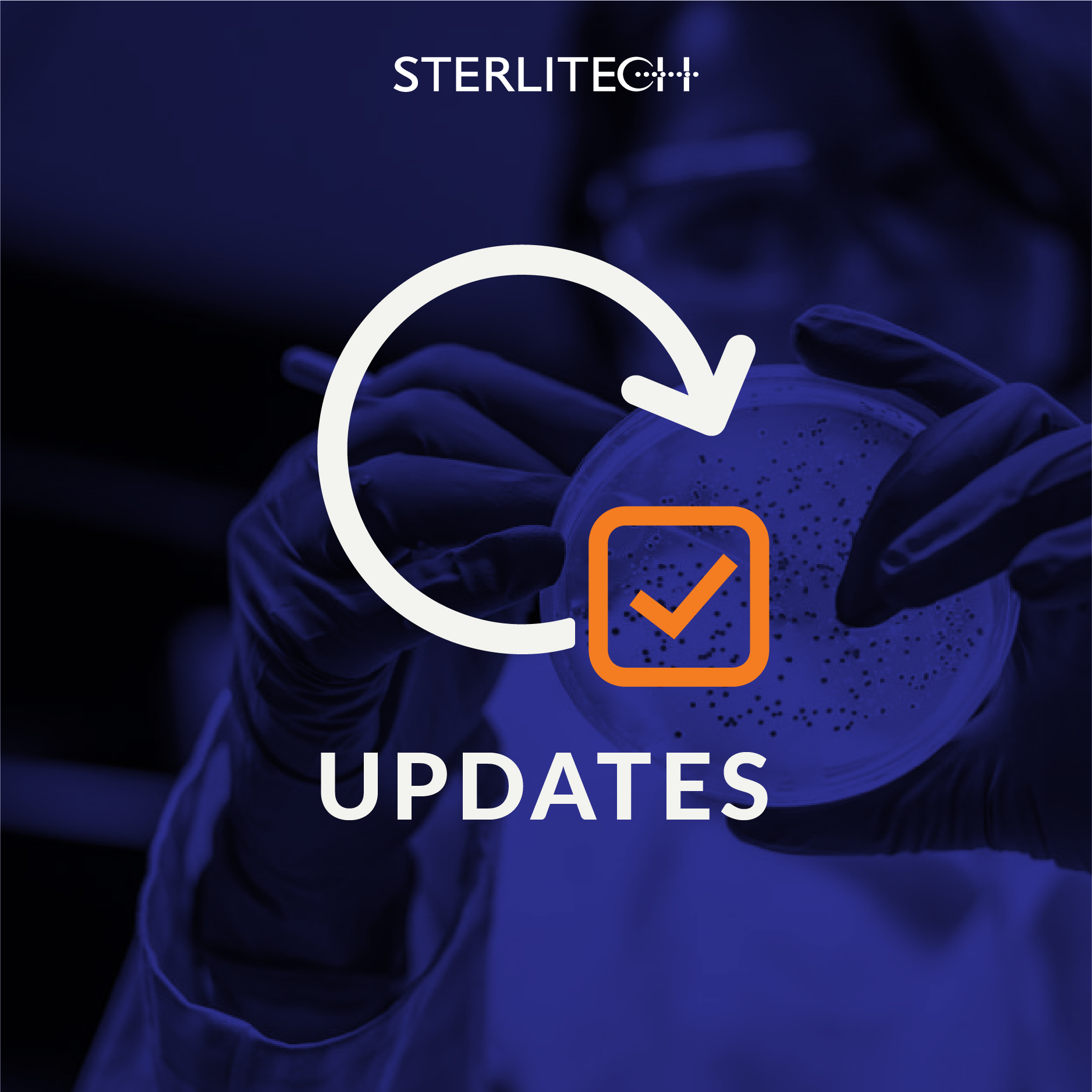
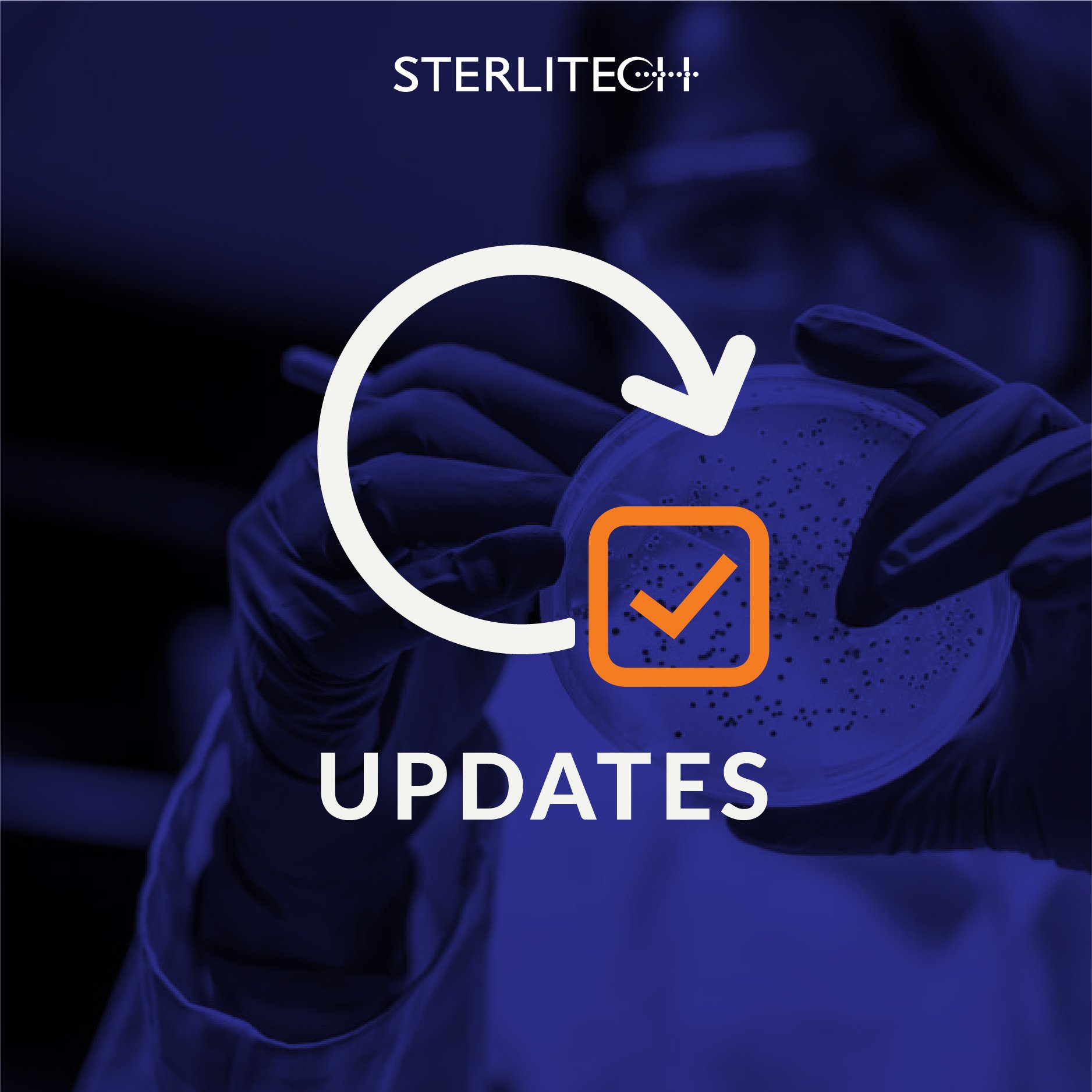
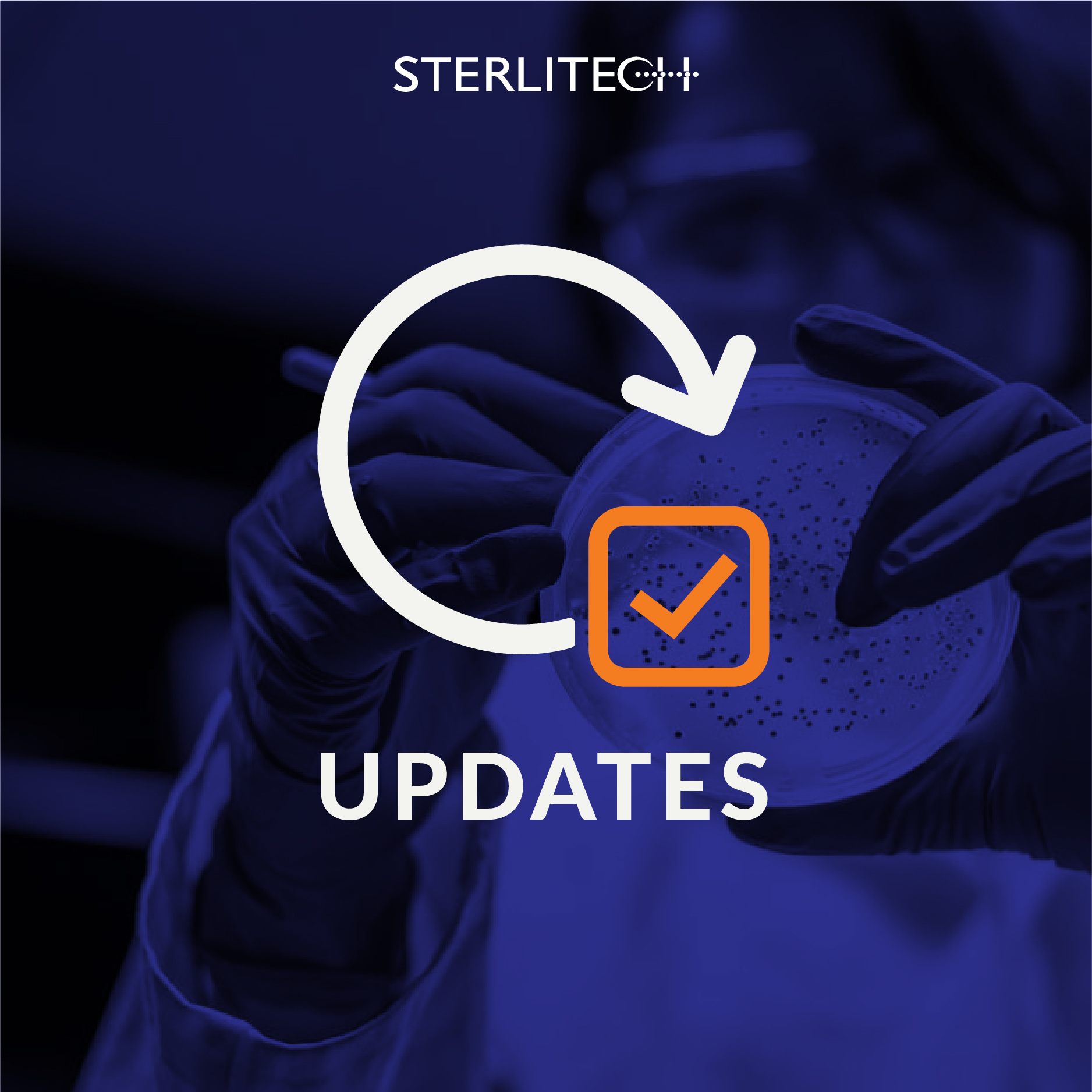
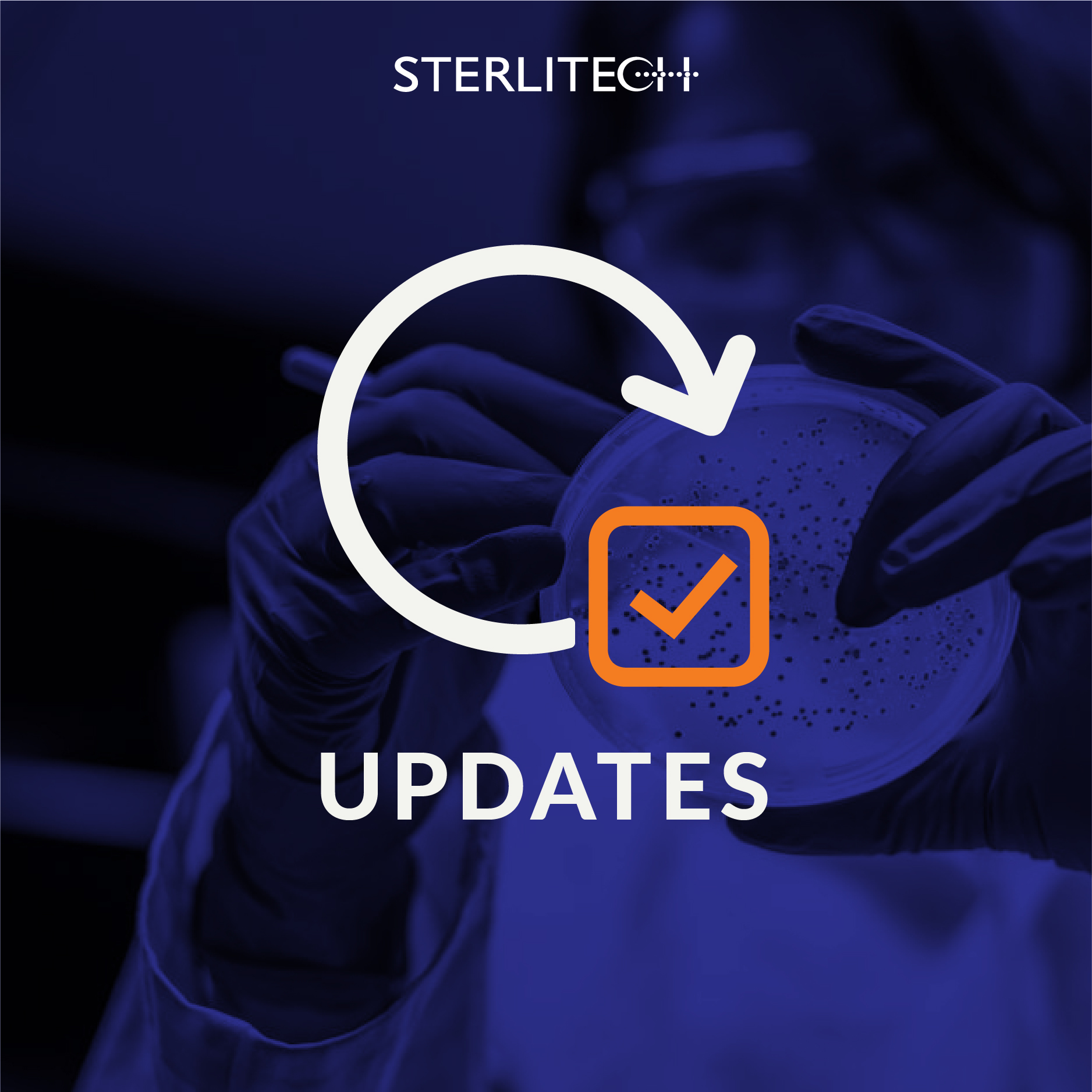
![Join Sterlitech at BIO 2024 [Booth #5558]: Exploring the Future of Biotechnology](https://www.sterlitech.com/media/magefan_blog/b4.jpeg)

